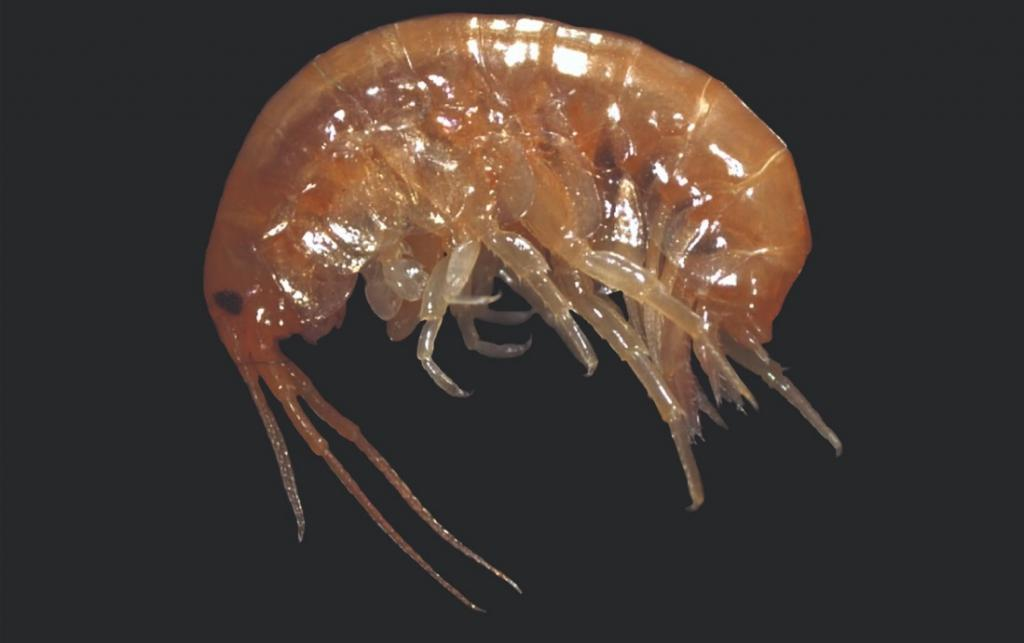PARHYALE ODIAN

Copyright infringement not intended
Picture Courtesy: https://www.downtoearth.org.in/news/wildlife-biodiversity/researchers-find-new-crustacean-in-odisha-s-chilika-lake-94496
Context: Researchers in Odisha identified a new species of marine amphipod, named Parhyale odian, found in Chilika Lake, marking the 16th species in the Parhyale genus and providing valuable insights into regional biodiversity and the broader marine ecosystem.
Details
- The researchers at Berhampur University in Odisha, India, have identified and named a new species of marine amphipod, a shrimp-like crustacean, from Chilika Lake, Asia's largest brackish water lagoon.
- The new species has been named Parhyale odian after the native language of Odisha, Odia. The discovery adds one more species to the genus Parhyale, bringing the global count of species in the group to 16.
About Parhyale odian
- Parhyale odian is brown in colour and approximately eight millimetres in length. It possesses 13 pairs of legs, with the first pair used for capturing prey and feeding.
- The new species is distinguished from the other 15 globally recognized species in the genus by having a stout, robust seta, a spine-like structure on the surface of the propodus of the male gnathopod (first pair of legs).
- Specimens have been deposited in the Zoological Survey of India’s Estuarine Biology Regional Centre at Gopalpur-On-Sea in Odisha for additional research.
Amphipods and their Importance
- Amphipods have a laterally compressed body, typically divided into three main segments: head, thorax, and abdomen. They have numerous appendages, including antennae, mandibles, maxillae, and specialized limbs called pereopods.
- Amphipods are found in a variety of habitats, ranging from deep-sea trenches to freshwater streams. They can inhabit various microhabitats such as sediment, vegetation, rocky substrates, and even the fur of marine mammals.
- Amphipods exhibit a diverse range of feeding strategies. Some are detritivores, feeding on decaying organic matter, while others are herbivores, carnivores, or omnivores. Many amphipods are scavengers, consuming dead plant and animal material.
- Amphipods employ various reproductive strategies. Some species are sexually dimorphic, while others are hermaphroditic. In some cases, amphipods undergo direct development, where the offspring resemble miniature adults.
- Amphipods serve as a crucial component of aquatic food webs, serving as prey for a variety of organisms, including fish, birds, and larger invertebrates. Amphipods are sensitive to changes in water quality and environmental conditions, making them useful indicators of ecosystem health.
- Their abundance and diversity can be monitored to assess the impact of pollutants in aquatic systems. Some amphipod species are economically significant as they form part of the diet of commercially important fish species.
- Amphipods exhibit a wide range of environmental tolerance, allowing them to inhabit diverse ecosystems with varying conditions.
|
PRACTICE QUESTION Q. What is the significance of the term "Parhyale odian" in recent news? A) A newly discovered star B) A new species of marine amphipod C) A historic monument D) A popular cultural festival Answer: B Explanation: The correct answer is (B). "Parhyale odian" refers to a newly discovered species of marine amphipod in Chilika Lake. |




1.png)
